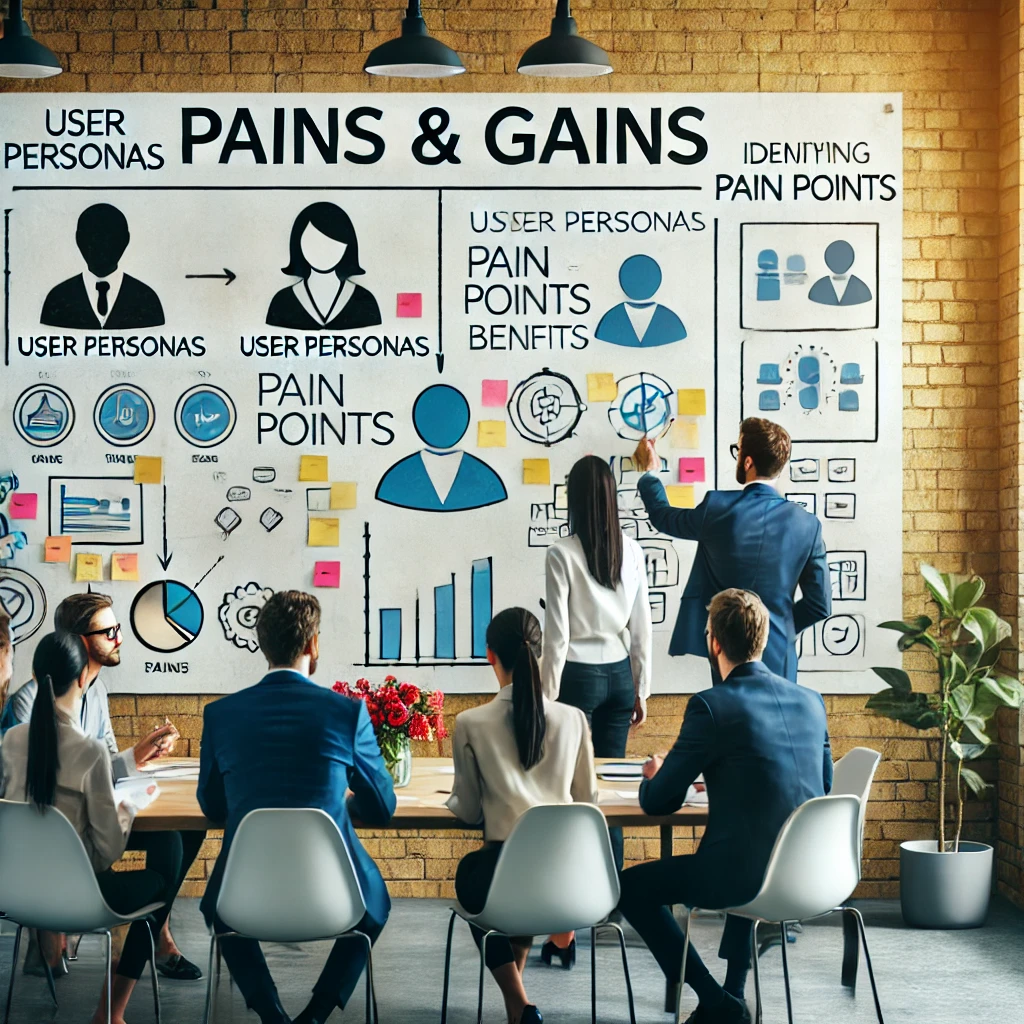
What are pains and gains?
Pains are the problems and challenges that the user experiences when they try to achieve their goal or complete their job. Gains are the benefits and rewards that the user receives when they achieve their goal or complete their job.
How to identify pains and gains
There are a few different ways to identify pains and gains. One way is to conduct user interviews. Ask users about the challenges they face when using your product or service. What are their biggest pain points? What are they hoping to achieve by using your product or service?
Another way to identify pains and gains is to observe user behavior. Watch how users interact with your product or service. What are they struggling with? What are they doing right?
Finally, you can also identify pains and gains by analyzing user feedback. Look at customer reviews, support tickets, and social media comments. What are users saying about your product or service? What are their biggest pain points?
How to use pains and gains in user personas
Once you have identified pains and gains, you can use this information to create more effective user personas. For each user persona, identify the top three pains and gains that they experience. This will help you to understand what is most important to your users and what you need to focus on in your product or service.
Example 1: if you are designing a new e-commerce website, one of the top pains for users might be "difficulty finding the products they are looking for." You can use this information to design the website in a way that makes it easy for users to find the products they are looking for. You can also use this information to develop new features that help users to find the products they are looking for, such as product recommendations and search filters.
Example 2: for the 70-year woman living in a remote village, the biggest pain is the lack of access to healthcare services in her village. She also finds it difficult and expensive to travel to the city to see a doctor. The woman would gain peace of mind knowing that she has access to healthcare services when she needs them, without having to travel far. She would also benefit from the convenience and affordability of the mobile healthcare service.
Tips for using pains and gains in user personas:
Be specific. Don't just say that the pain is "difficulty using the product." Instead, be specific about the problem that the user is experiencing. For example, the pain might be "difficulty logging in" or "difficulty finding the checkout button."
Focus on the user's emotions. What is the user feeling when they experience the pain? Are they frustrated, confused, or angry?
Be realistic. Don't try to come up with a solution to every pain. Instead, focus on the top three or four pains that are most important to your users.